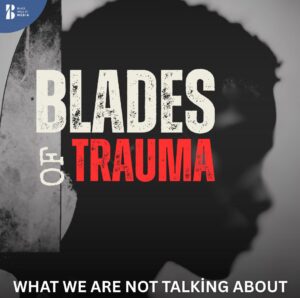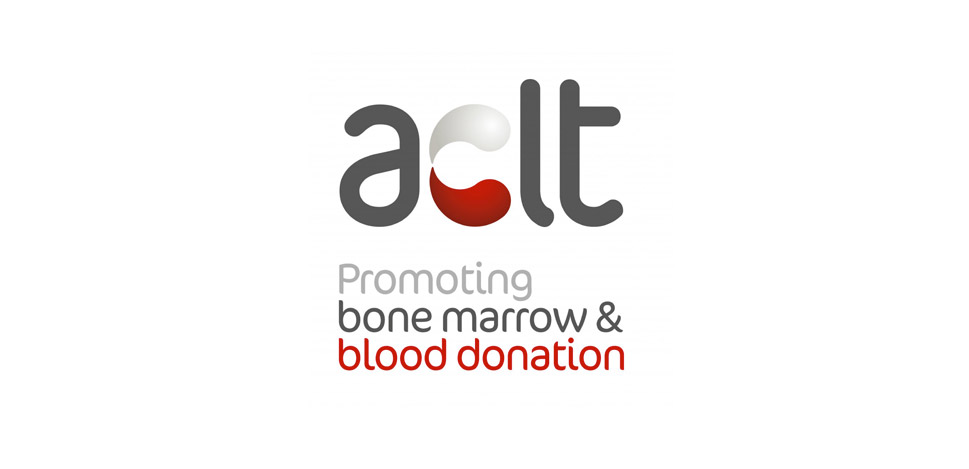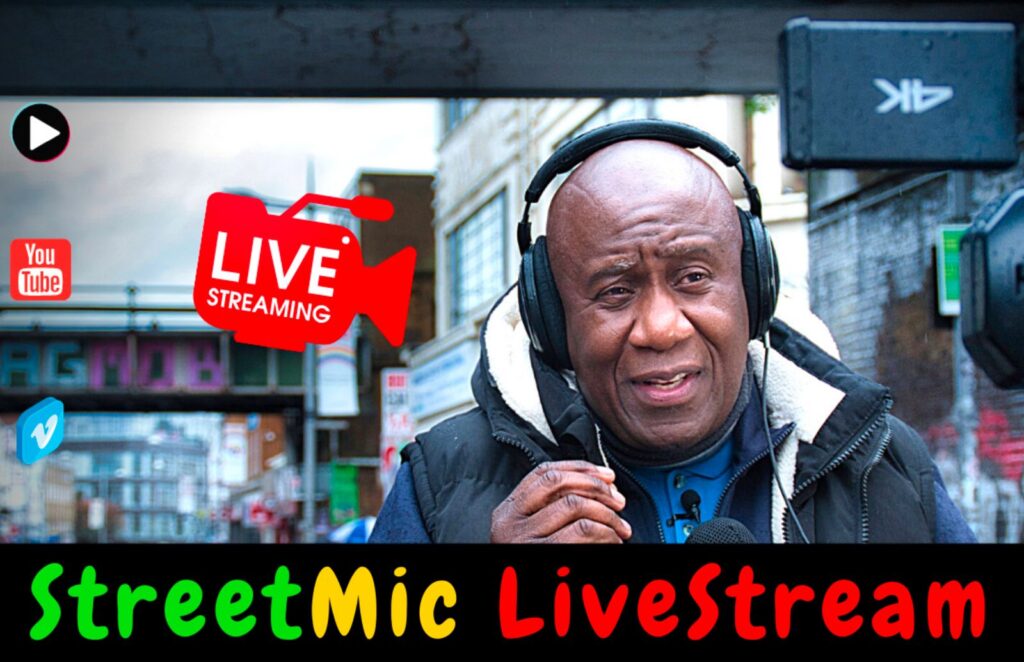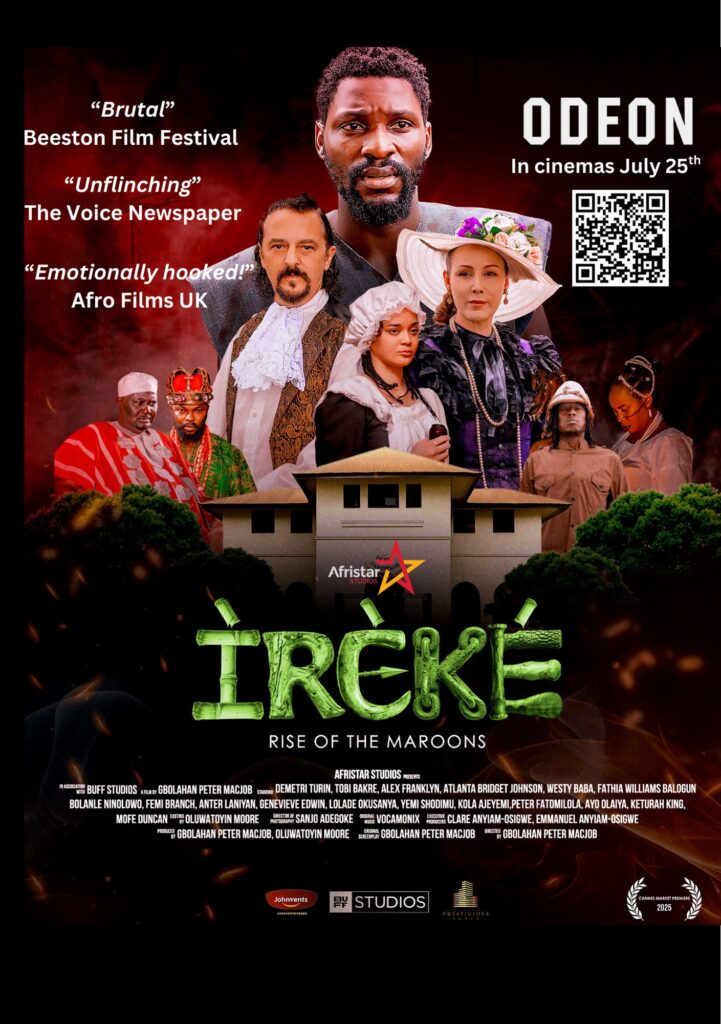LITERATURE
The Benefits of Comics for Dyslexic Readers
“Comics have always been a popular form of entertainment, appreciated for their visual storytelling and ability to engage readers of all ages.”
Black Wall St. MediaContributor
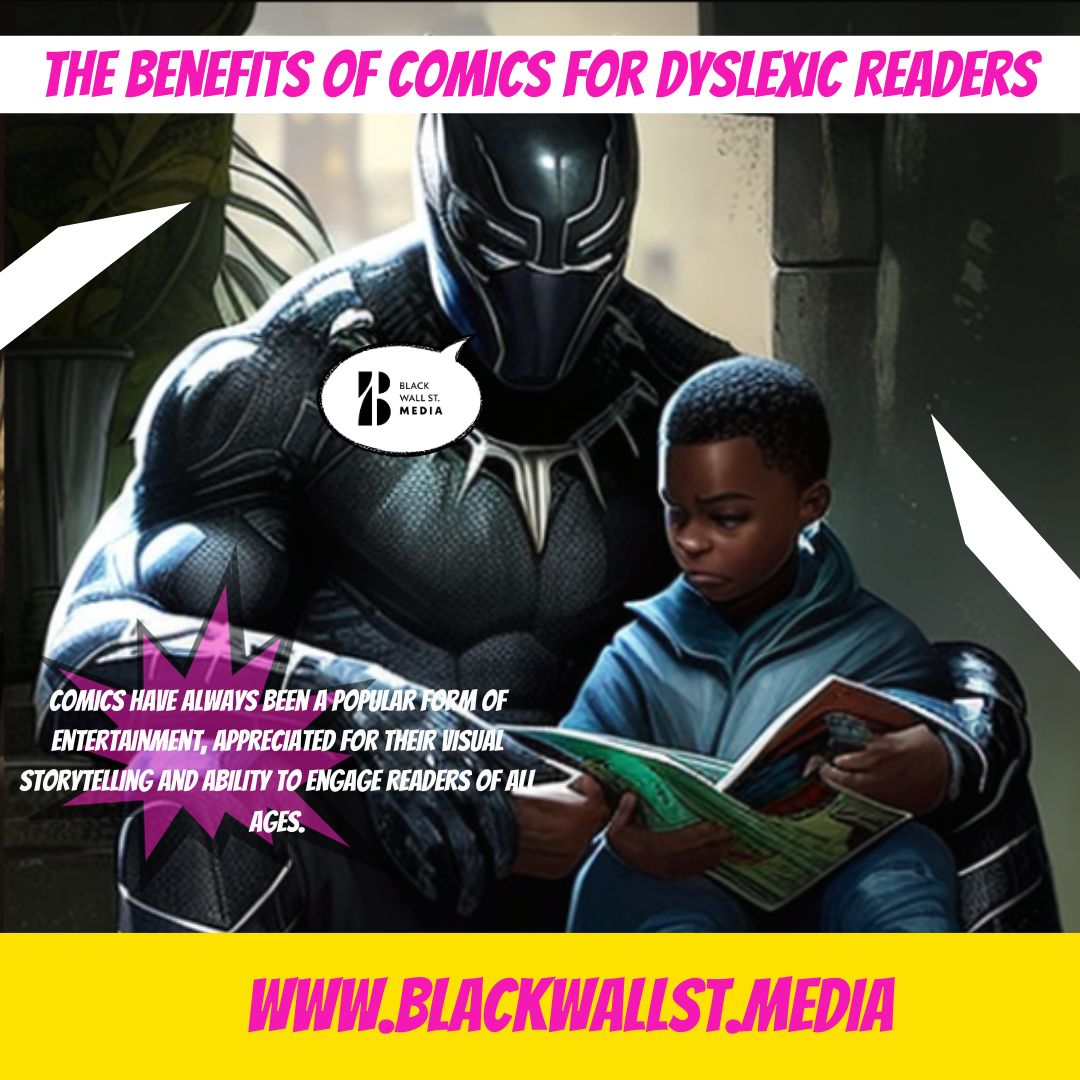

Comics have always been a popular form of entertainment, appreciated for their visual storytelling and ability to engage readers of all ages.
But did you know that comics can also have a unique connection with dyslexia, a common learning disability affecting reading and writing skills?
Dyslexia is a neurological condition that affects the way people process language. It can make it difficult for individuals to read and write fluently, and can also impact their ability to spell and comprehend written information.
Despite the challenges that dyslexia presents, many people with this condition are able to thrive in a variety of fields, including the arts.
One area where dyslexia and the arts intersect is in the world of comics. Comics are a visual medium, relying heavily on illustrations and images to convey information and tell stories.
For individuals with dyslexia, this can be a particularly effective way of engaging with and comprehending text.
Comics can help dyslexic readers in a number of ways. First, the use of images and illustrations can help to break up text and provide visual cues that can aid in comprehension.
Additionally, comics often rely on dialogue, which can help to reinforce vocabulary and language skills.
Another advantage of comics for dyslexic readers is the ability to control the pace of reading. Unlike traditional books, which often require readers to move through a linear narrative at a specific pace, comics can be read at a more leisurely pace, allowing readers to take their time with each panel and image.
This can be particularly helpful for individuals with dyslexia, who may need more time to process information and fully understand what they are reading.
Of course, not all comics are created equal when it comes to their potential benefits for dyslexic readers. Some comics may be too text-heavy, or may feature complex vocabulary or sentence structures that can be difficult for dyslexic readers to navigate.
However, many comic creators are aware of the potential benefits of their medium for dyslexic readers, and are taking steps to make their work more accessible.
For example, some comic creators have experimented with font styles and sizes, using larger, more easily readable fonts to make their work more accessible. Others have incorporated audio or video components into their comics, allowing dyslexic readers to engage with the story in a different way.
Still others have focused on creating stories that are more visual in nature, relying on illustrations and images to convey the bulk of the narrative.
Ultimately, the relationship between comics and dyslexia is a complex one, with many factors at play. However, it is clear that comics have the potential to be a valuable tool for individuals with dyslexia, offering a unique way of engaging with language and information that can be both enjoyable and educational.
Whether you are a dyslexic reader yourself, or simply someone interested in the intersection of art and learning, comics are worth exploring as a means of improving reading comprehension and fostering a love of language.
Black Wall St. MediaContributor






